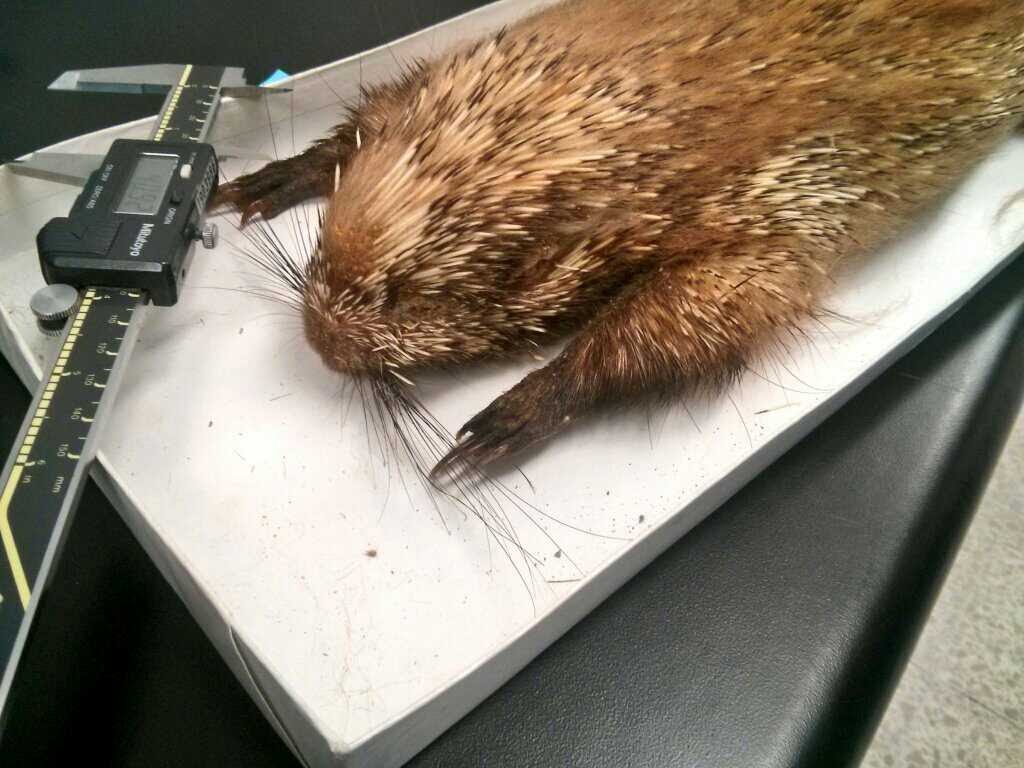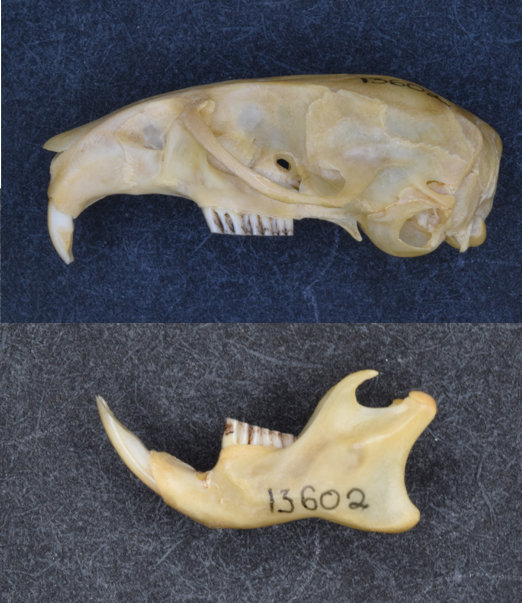Rodent ecomorphology in a phylogenetic context
Last week our paper on rodent ecomorphology was finally published (citation details are at the end of this post).
Morphology captures diet and locomotor types in rodents
This recent publication is the primary result of my postdoctoral research (2015-2016) at the Natural History Museum Bern (NMBE). I worked on this project with the curator of birds Manuel Schweizer at NMBE and with Diana Fisher, my PhD supervisor from The University of Queensland. Below is a brief summary of the article.
Rodents
Rodents are small mammals with long, sharp front teeth that they use for gnawing. There are over 2000 recognized species, and more than half the mammals on Earth are rodents. This group is incredibly diverse, with species that live in almost every ecosystem in the world.

Ecology, morphology, and evolution
Because species arise from common ancestors during evolution, some animals are more closely related than others. These evolutionary relationships can mean that the more closely related species are, the more they look and act alike, including what they eat and how they move through their environment. However, this is not always the case and sometimes closely related species that appear to be similar may not necessarily share the same diet or locomotion modes.
The paper
The aim of the study was to investigate how morphological similarity and evolutionary relatedness are associated with the ecology of different species. I examined over 2000 preserved skins and skulls in natural history collections, representing 208 species with very different habits such as tree squirrels, beavers, porcupines, and fishing rats. After applying lots of very cool phylogenetic comparative methods (PCM), we found that unrelated species with similar lifestyles (for example hopping mice in the Australian Outback and kangaroo rats in the deserts of Mexico) can be characterized by a set of morphological features that usually help them survive in their particular habitats. Jumping mice and rats have long hind feet and long tails, and mice that eat lots of leaves and grass have very strong jaws.
This result is important because it provides a concrete set of features that essentially capture the role that a species plays in its ecosystem. These characters (such as the length of the whiskers, the width of the teeth, and the length of the snout) can be easily measured in other small mammals and used for other purposes. Many recent studies aim to figure out the diversity of the traits of the species present in specific regions to study how the loss of different species can affect local ecosystem functioning (including the super popular and catch-all topic of functional diversity). The methods and results from this study can leverage data from natural history collections to inform this kind of conservation research.

#OpenScience
This is by far my most Open Science paper to date. It was published open access (CC BY 4.0) in the journal Royal Society Open Science (which I highly recommend), and I provided the supporting data and R code as a GitHub repository archived on Zenodo. Check out the paper and the repo for the morphological dataset, and contact me if there are any questions.
Media
We wanted to get some local coverage on research involving the collections at the museum for the general public in the German-speaking part of Switzerland, and below are links to some of the coverage (all in German).
Citation details
Verde Arregoitia LD, Fisher DO, Schweizer M. 2017 Morphology captures diet and locomotor types in rodents. R. Soc.open sci. 4: 160957. http://dx.doi.org/10.1098/rsos.160957

